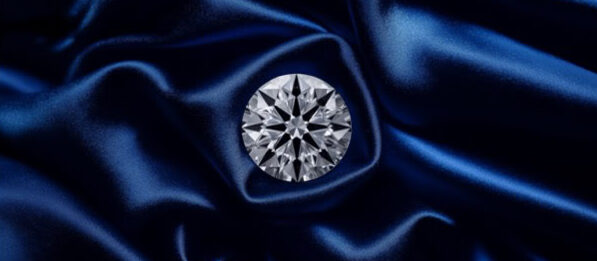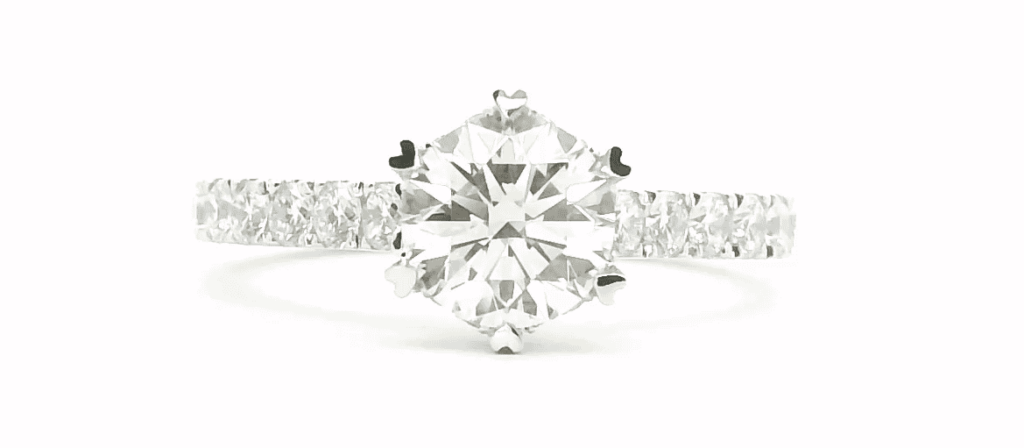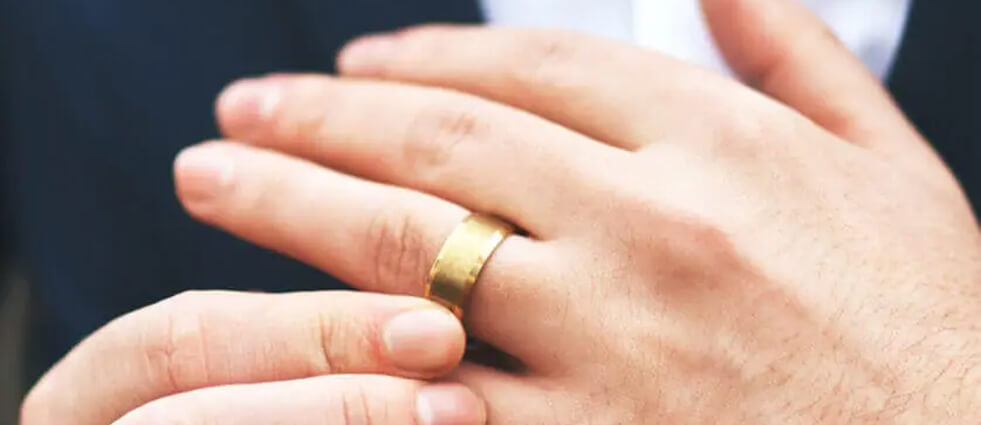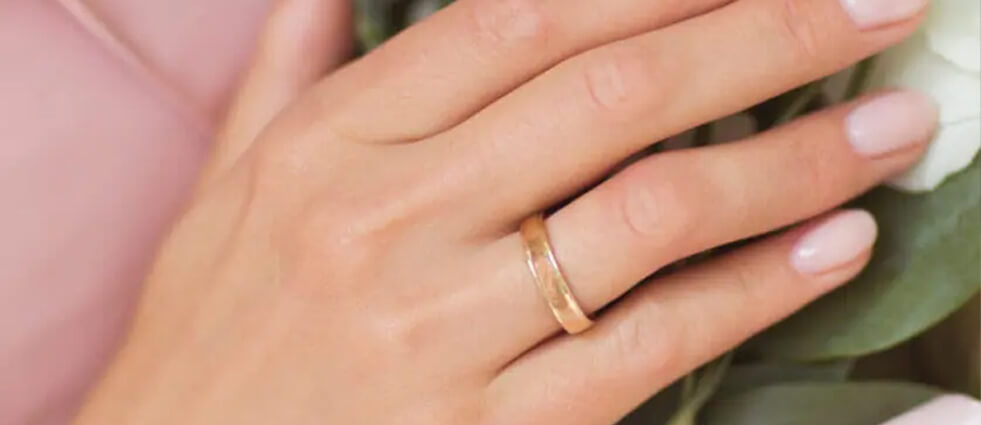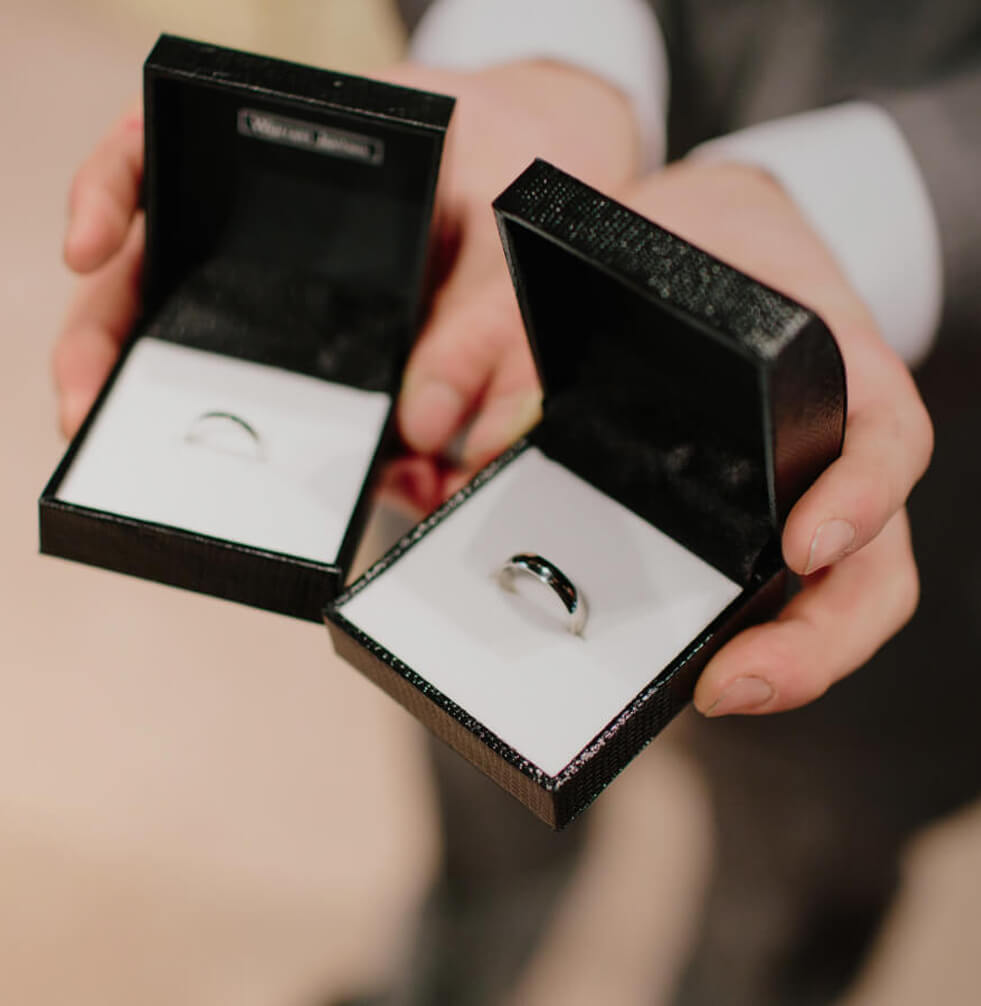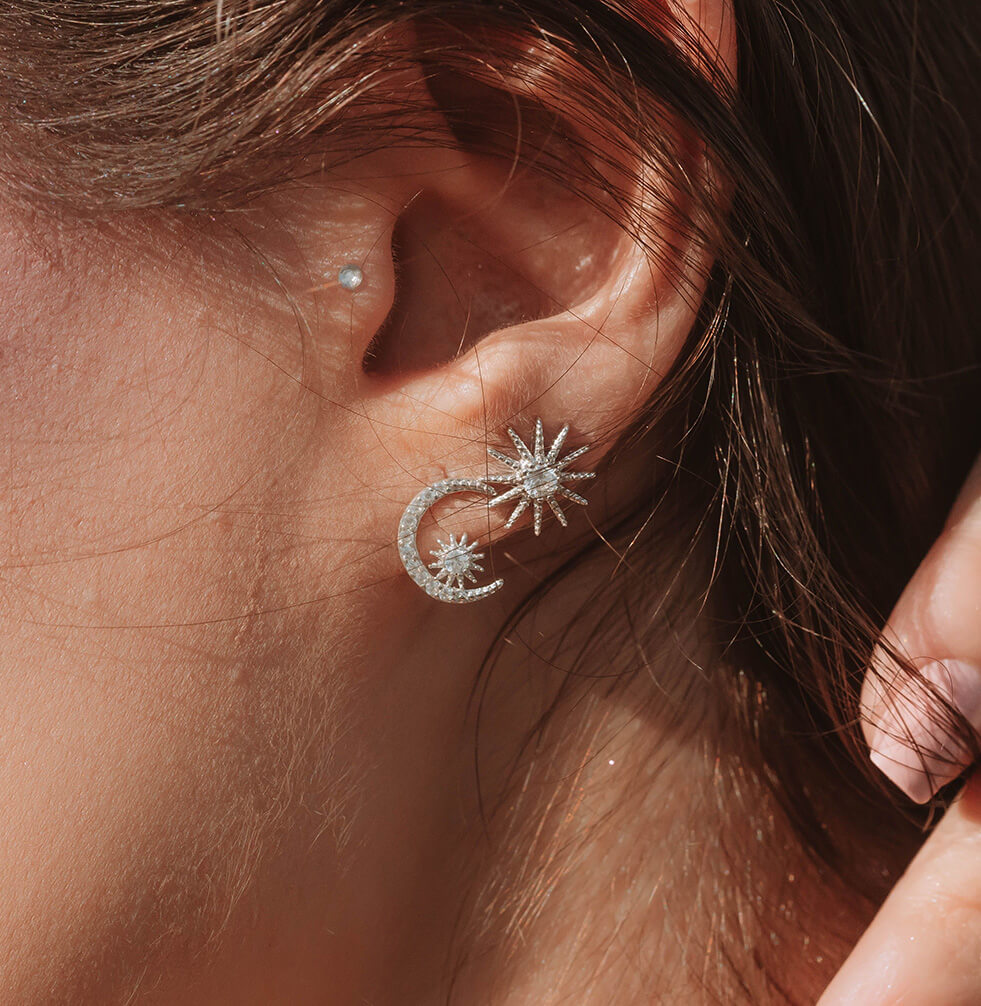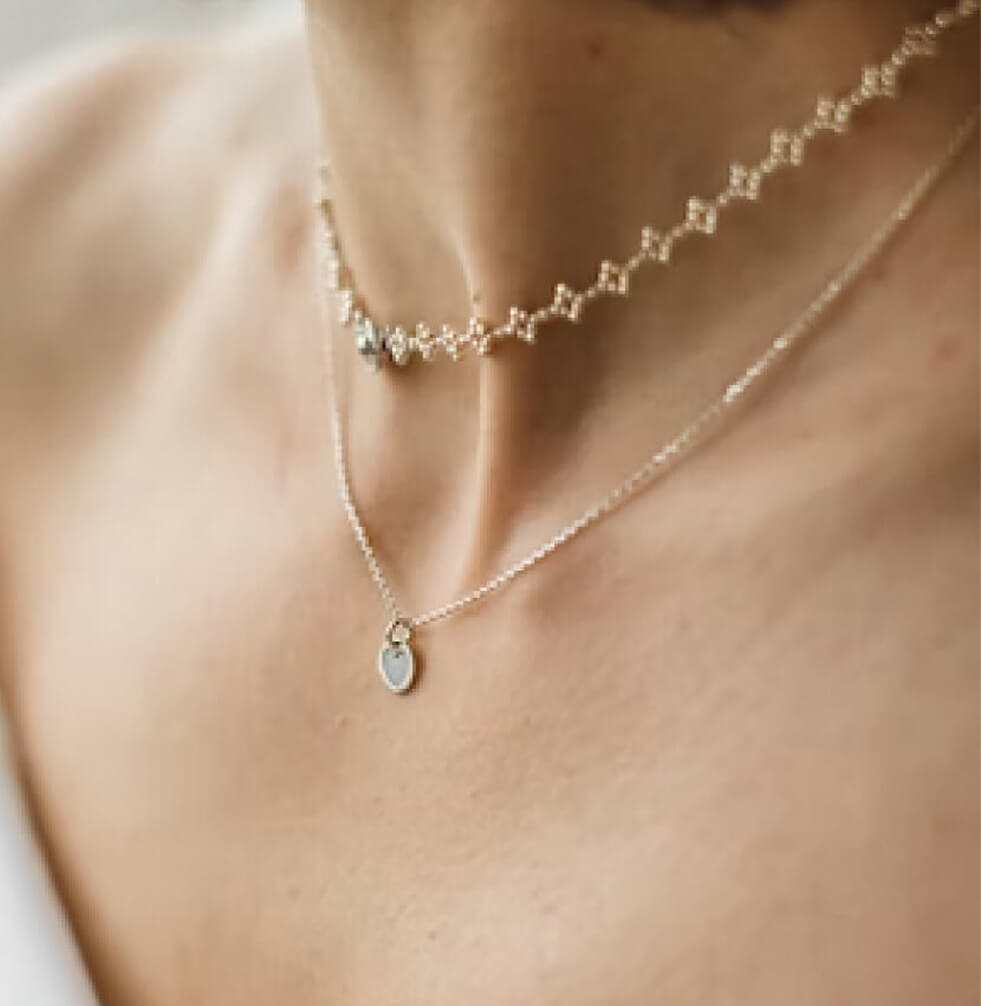Understanding Diamond Cuts: The Perfect Sparkle
When it comes to diamonds, it’s not just about the size – the cut can make all the difference in how your diamond shines. Are you ready to dive into the intricate world of diamond cuts? At Diamond Ateliers, we know that selecting the perfect engagement ring is about finding a balance between style, beauty, and the story you want to tell.
That’s why we’re here to take you through the intricate world of diamond cuts, helping you understand what truly makes a diamond sparkle. If you’re just starting this exciting journey, our comprehensive Guide to Crafting your Bespoke Engagement Ring is a great place to begin.
The Importance of Diamond Cuts
The cut of your diamond determines its brilliance, fire, and scintillation – all fancy terms that translate to how much your diamond will sparkle. While many people focus on carat, color, and clarity, it’s the cut that truly brings a diamond to life. At Diamond Ateliers, we believe that the cut is more than just a technical aspect; it’s a reflection of your love story and a vital factor in crafting a ring that feels uniquely yours.
Understanding the Diamond Cutting Process
To truly appreciate the significance of a diamond cut, it’s essential to understand the intricate process that transforms a raw diamond into a stunning gem. Each diamond begins its journey as a rough stone, extracted from the earth in various shapes and sizes. Once in the hands of skilled cutters, the real decision-making begins.
Size vs. Quality: Balancing Act
A diamond cutter evaluates the rough stone and makes crucial decisions based on several factors, including market sentiment and potential value. For example, if the rough diamond has a larger carat weight, the cutter may choose to sacrifice the quality of the cut to maximize its size, as larger stones often command higher prices. However, if the rough diamond has the potential for an exceptional cut, the cutter might opt to prioritize the quality of the cut over carat weight. This means intentionally sacrificing some size to achieve perfect angles and superior polish on the facets.
These decisions are not made lightly; they involve a deep understanding of the diamond’s properties and market trends. Even when errors occur in the cutting process, many of these trade-offs are intentional, reflecting the expertise and craftsmanship of the cutter.
Crafting Your Love Story: Personal Reflections in Every Choice
This delicate balance of choices and craftsmanship resonates deeply with couples. Just as a cutter must decide between size and quality, couples often face similar decisions when selecting a diamond. Whether you prefer a smaller diamond that dazzles with brilliance or a larger stone that makes a bold statement, the choice is deeply personal and reflects your unique love story. At Diamond Ateliers, we’re here to guide you through this process, helping you navigate your preferences and make an informed decision that perfectly aligns with your vision.
For more details, check out the Diamond Ateliers Experience to understand what you can expect from a consultation with us!
The Technical Breakdown: Anatomy of a Diamond Cut
With the background established on the diamond cutting process, we can now explore the technical aspects that contribute to a diamond’s captivating brilliance. Understanding the anatomy of a diamond is essential for appreciating what makes it truly shine. Here’s a concise overview of the key components:
Facets
These are the tiny, flat surfaces on a diamond that interact with light. A well-cut diamond will have facets that reflect light beautifully, creating that signature sparkle. The crown, pavilion, girdle, and table all play a part in this, with different cuts boasting varying numbers of facets.
Symmetry
Symmetry refers to the alignment and proportion of the diamond’s facets. In a perfectly symmetrical diamond, each facet is positioned to reflect light in a balanced way, directing it upwards to maximize brilliance.
Common Misconceptions: Many believe that symmetry only pertains to the shape of the diamond. However, it also encompasses the exact angles and proportions of the facets. Poor symmetry can lead to uneven light reflection, resulting in a diamond that appears dull or lifeless.
The Light Reflection: A well-symmetrical diamond allows light to enter through the table (the top flat surface) and reflect off the facets before returning to the viewer’s eye. This upward reflection creates that dazzling sparkle we all love. If the symmetry is off, light may escape from the sides or bottom, diminishing the overall brilliance.
Polish
After a diamond is cut, the next crucial step is polishing. This process involves smoothing out the facets to achieve a high sheen, which is essential for allowing light to travel freely across the diamond. A well-polished diamond ensures that light can enter and exit the stone cleanly, maximizing its brilliance and sparkle.
Without proper polishing, the surface of the diamond may retain microscopic imperfections or rough spots from the cutting process, hindering light performance. By meticulously polishing each facet, skilled artisans enhance the diamond’s ability to reflect light, ultimately elevating its visual appeal. This attention to detail ensures that every diamond not only shines brightly but also showcases its unique character and beauty.
Different Types of Diamond Cuts
There’s no one-size-fits-all when it comes to diamond cuts, and that’s the beauty of it. Here’s a breakdown of the most popular cuts and what makes each one special:
Brilliant Cuts
The Round Brilliant Cut is a timeless classic with 57-58 facets, designed for maximum sparkle. This cut is perfect for those who want their diamond to shine with unparalleled brilliance.
Step Cuts
Emerald Cut and Asscher Cut diamonds feature large, open facets that create a “hall of mirrors” effect. They’re ideal for couples who appreciate understated elegance and a more transparent, reflective look.
Mixed Cuts
Princess Cut and Cushion Cut diamonds combine the best of both worlds, offering brilliance and elegance in equal measure. They’re a versatile choice for couples who want a bit of everything.
Fancy Cuts
Fancy shapes like Oval, Pear, Marquise, and Heart cuts are perfect for those who want something truly unique. Each of these cuts offers a distinctive look, making a bold statement that’s as individual as your love story.
While the diamond cut may carry a faint meaning, it’s primarily about its beauty and brilliance. The choice of cut is deeply personal to each couple, often reflecting specific meanings or preferences unique to their love story. Ultimately, the decision lies with you, as it’s an expression of your individuality and style.
Balancing Cut vs. Carat Weight
At Diamond Ateliers, we understand that choosing between cut and carat weight can be a tough decision. Here’s a little insight into how you can strike the perfect balance:
- Prioritizing Sparkle: If you want a diamond that dazzles, always prioritize cut over carat weight. A smaller diamond with an excellent cut can appear more brilliant than a larger diamond with a poor cut.
- Size Matters: If size is your primary concern, you can opt for a diamond with a larger carat weight but ensure you choose a good cut to maintain some sparkle.
- Finding the Sweet Spot: Looking for both size and sparkle? Opt for a diamond with a Very Good or Excellent cut grade and a carat weight that fits your budget.
We’re here to guide you through this delicate balancing act. For more personalized advice, you might want to book a consultation with one of our experts – they’re passionate about helping you find the perfect fit!
How Diamond Cut Grades Work
The Gemological Institute of America (GIA) grades diamond cuts as follows:
- Ideal/Excellent: These diamonds reflect almost all light, providing maximum brilliance and sparkle.
- Very Good: High-quality diamonds with minor imperfections, still offering significant sparkle.
- Good: Adequate brilliance but lacks the same fire as higher-grade cuts.
- Fair/Poor: Limited brilliance with less light reflection.
When choosing your diamond, we recommend sticking to the Ideal or Very Good range to ensure your ring shines brightly in every moment. Understanding diamond cut grades is essential for choosing the perfect stone. To learn more about how cut grades are measured, check out this informative GIA article on how Cut Grade is measured
.
Common Myths About Diamond Cuts
Let’s debunk a few myths that might be holding you back from finding your perfect diamond:
Myth 1: “Bigger is always better.”
The truth is, a smaller diamond with an excellent cut can shine just as brightly, if not more, than a larger diamond with a poor cut. Ultimately, there is no right answer; the choice comes down to personal preference. Once you understand the trade-offs between size and quality, couples can select a diamond that resonates with their unique love story and reflects their individual tastes.
Myth 2: “All round diamonds are the same.”
Even among round diamonds, the quality of the cut varies dramatically, affecting the overall sparkle.
Myth 3: “Fancy cuts are less brilliant.”
With the right cut quality, fancy shapes can be just as radiant as traditional cuts.
Tips for Couples Choosing Their Diamond Cut
Choosing a diamond cut is an incredibly personal journey, and we’re here to make it easier:
Lifestyle Matters
Are you active or prefer a more delicate setting? Round and Princess Cuts are great for everyday wear, while fancy shapes like Pear and Marquise make a unique statement.
Reflect Your Personality
Your diamond should feel like an extension of who you are, embodying the essence of your unique love story. By understanding the diamond cutting process and the trade-offs involved, you can make choices that align with your values and preferences. This thoughtful approach transforms your selection into a meaningful symbol of your shared journey, beautifully reflecting what you cherish as a couple. In choosing a cut that resonates with your individual styles, you create a piece that not only dazzles but also tells a story—a story of love, commitment, and the beautiful union you are forging together.
Set a Budget
Remember, it’s not about how much you spend but how much love you pour into the process. Understanding the trade-offs allows you to work within your predefined constraints, helping you choose a diamond that resonates deeply with your shared journey. This thoughtful approach is not just a practical decision; it’s a beautiful testament to the commitment you’ve made together, reflecting the unique story you’re crafting as a couple, regardless of the cards you are dealt.
Diamond Cut Trends and What They Mean for You
Trends come and go, but certain diamond cuts remain timeless. Oval and Pear Cuts have surged in popularity, reflecting modern tastes, while Round Brilliant Cuts continue to be a classic choice. Whether you’re drawn to the latest trends or prefer something more traditional, the key is to choose a cut that feels true to you.
Conclusion
Choosing the perfect diamond cut is more than a technical decision – it’s about capturing the essence of your love story. At Diamond Ateliers, we believe every ring should be as unique as the journey it represents. Our experienced team is here to guide you through every step, ensuring your diamond reflects the beauty and brilliance of your shared journey.
Ready to create something truly exceptional? Book a personalized consultation with our expert team today, and let’s craft a ring that not only dazzles with its shine but resonates deeply with your individuality and connection.
FAQs
How many facets does a typical round brilliant cut diamond have?
A round brilliant cut diamond typically has 57-58 facets, maximizing its sparkle.
Can a diamond with a lower carat weight outshine a heavier diamond?
Absolutely! A smaller diamond with an excellent cut can appear more brilliant than a larger diamond with a poor cut.
Which diamond cut is the most durable for everyday wear?
Round and Princess Cuts are known for their durability, making them ideal for everyday wear.
